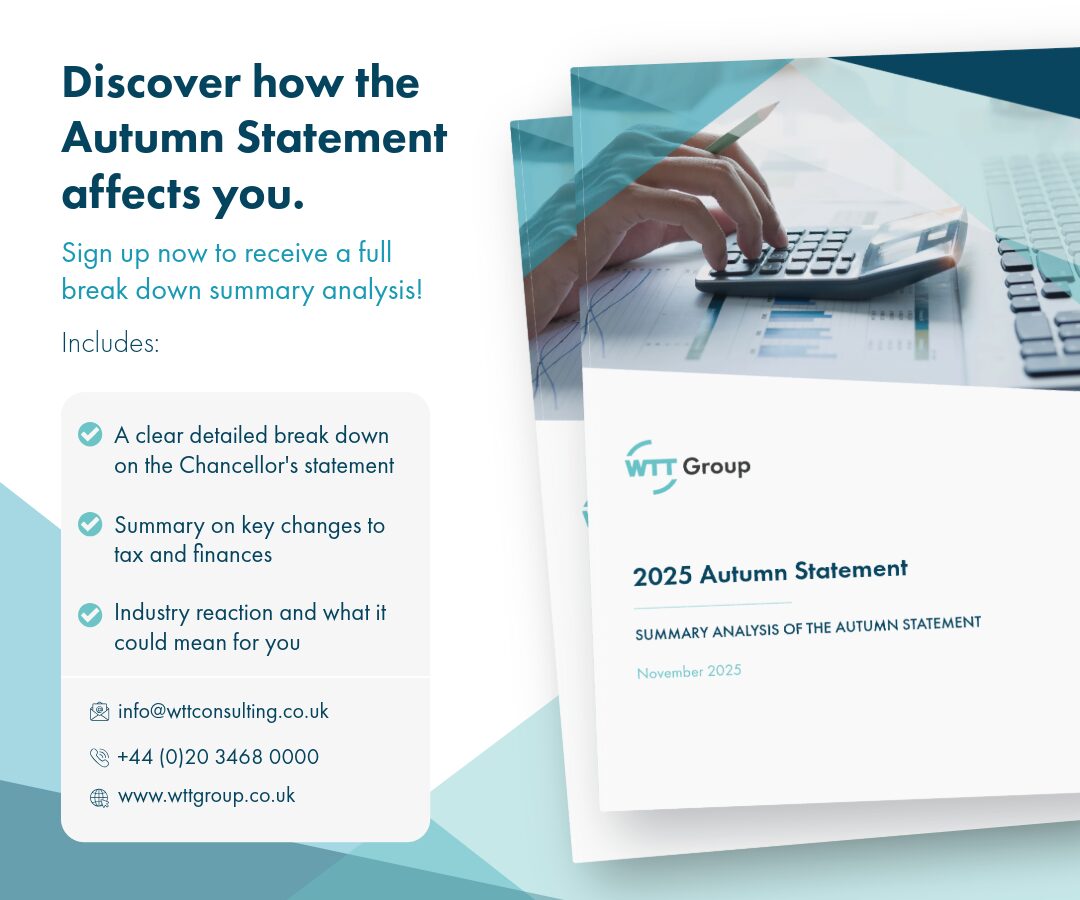Checked & unbalanced
10th December, 2021 I’m often educated by my law trained business partner as to…
4th February, 2020
Analysing SOW models – pros and cons for contractors
With the impending legislation looming, many clients have been spooked by the prospect of making IR35 assessments and assuming the tax liability if it all goes wrong. In recent weeks many have imposed a blanket ban on hiring contractors engaged through their PSC.
The fall-out from this is that contractors are having to find a new way of working, whether that be as a permanent employee of the client, a temporary worker through an agency or umbrella company, or on a Statement of Work (“SOW”) basis.
There will be a percentage of contractors who enjoy the flexibility of working for many clients and do not want to move to a permanent position. For these contractors, if they can demonstrate that they are used to working on a project basis with no supervision and their contracts and working practices indicate that they are already comfortably working outside IR35, then the Statement of Work (SOW) model may be a suitable option for them.
But to do so compliantly will require them to completely renegotiate terms with their client. Converting an existing time and materials contract into a consultancy arrangement can be difficult.
Certain sectors are more likely to agree to engaging contractors on a SOW basis than others – for example, the IT and Tech sectors tend to be very project driven. Work previously offered on a job basis in these sectors could possibly be delivered in this way.
It is more difficult where a worker’s activity fell inside IR35 in the past, (or was borderline). In these circumstances, converting a job role into a SOW and restructuring it with milestones and deliverables could prove very problematic.
A SOW can be very attractive to clients as it provides them with more certainty on project price or output. Furthermore, a SOW can be much more cost effective when scoped, managed and contracted properly, as it avoids large cost increases or resource changes.
For SOW contracting to work, however, the client needs to be able to totally turn over control to the service provider and accept anyone (not one specific person) to deliver the services.
As with other IR35-related considerations, whether or not it is a genuine outsourced service will largely boil down to what happens in reality and not the written contract alone. Some key questions that should be asked include:
The statement of work (“SOW”) model is entirely out of scope of IR35 (including the new legislation due to be implemented in April). But contractors considering this model should be aware that in order for the exemption to apply, it must be delivered properly as a genuine outsourced service conducted on a B2B basis – as opposed to the supply of an individual to fill a role.
To reiterate – services must be delivered on a project basis, working towards milestones and deliverables as opposed to working on a time and material basis.
Contractors considering this model should also understand that they need to be prepared to take on more risk. For example, there is likely to be acceptance criteria specified in the SOW. This means that if the client is not happy with the outcome, then they may withhold payment. Furthermore, contractors will undoubtedly need to provide indemnities and only get paid once certain targets/milestones are met.
Some contractors are clubbing together (either through an LLP or a Limited Company structure) to form a ‘consultancy’ to offer services to clients on a SOW basis. To ensure that it is an actual consultancy, and not an employment business, the consultancy should manage end to end projects.
From a compliance perspective, creating a genuine consultancy through which you work as a contractor is acceptable. The advantage of running a small consultancy is that as long as it qualifies as a “small company” it is exempt from the new legislation. In these circumstances, the “old rules” will apply (i.e. the contractors are responsible for their own status assessment).
This exemption applies subject to 2 of 3 following conditions being met:
Many small to mid-sized consultancies use an “associate model” to some degree, drawing upon a pool of limited company contractors. However, this associate model exposes consultancies to IR35 risks. These arise where contractors are deemed to be disguised employees (of either the consultancy or the client). To mitigate this risk the consultancy’s associates must ensure that their working practices reflect their contractual terms.
However, as long as the risks are managed and mitigated properly, this model is likely to present significant opportunities for consulting firms of this size. Operating in this way, they can effectively position themselves as a credible alternative to the contractor (or large consultancy) market, whilst ensuring their own exposure to these reforms is minimised.
Medium-large limited company or LLP consultancies will not be exempt from the new rules. Since the small company exemption does not apply, the consultancy becomes the “end user”. As such, it assumes all responsibility for making IR35 status of its limited company workers, including associates.
Large consultancies need to implement robust policies and procedures to mitigate the risks associated with these new obligations.
Contractors should be aware that delivering services under a SOW is risky from an IR35, logistical and financial perspective. To be exempt from the rules, the SOW must reflect the reality of the engagement. If you provide work under a SOW but still provide a personal service, HMRC is likely to consider you as a disguised employee.
Our legal team would be happy to advise you on any matter discussed above. Contact us for a free consultation.
 Article
Article
10th December, 2021 I’m often educated by my law trained business partner as to…
 Article
Article
2nd July, 2021 Crypto Tax- What can we learn from the US? Introduction The…
 Article
Article
The UK’s IHT framework has undergone major reform, replacing the long-standing domicile-based system with…
 Article
Article
Inheritance Tax (IHT) is one of the most significant considerations in long-term wealth planning,…
 Article
Article
What the Autumn Budget 2025 Means for You Rachel Reeves delivered this year’s Autumn…
We’d love to hear from you!
Whether you simply have a quick question, or were seeking a more formal conversation to discuss your tax needs, drop your details here and we will be in touch! Alternatively, you can contact us on +44 (0)20 3468 0000.